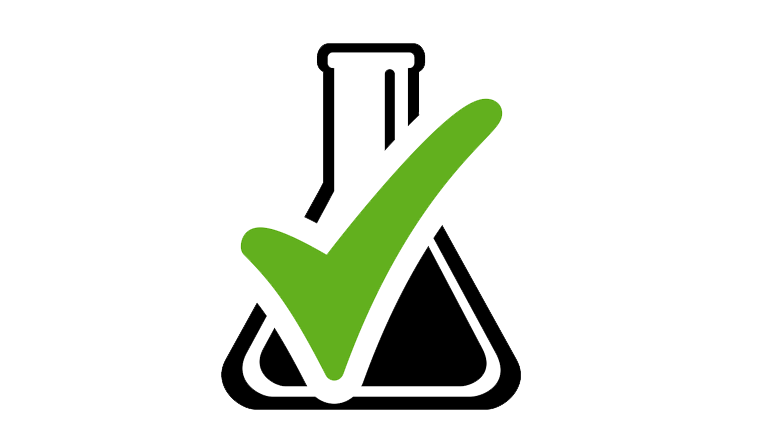
Predictive maintenance is a set of techniques which are applied with the objective of preempting or detecting possible failures and defects in machines and components. The most well-known techniques are vibrations, the analysis of lubricant (oil or grease), thermography, ultrasounds, shock impulses and current analysis.
The analysis of these techniques provide (in most cases) a great amount of valuable information which is gathered together in a report.
However, many user companies prefer to issue a report which fundamentally shows a graphic indicating the status of the machine or component which has been analysed. Only in this graphic do the end users, bosses and those responsible for maintenance focus their attention to check whether “the machine can continue to be in service”. But being aware of the motives of the end result is fundamental for making adequate decisions for the future.
Aside from the carrying out of this “bad practise” by those in charge of maintenance, the companies do not have, in general, computer programmes which deal with the information in an exhaustive and in-depth manner. In general, these programmes apply techniques based on statistics for the analysis of the gathered data.
In this regard, Lubrication Management – IK4-TEKNIKER has been working for many years on its own software, called Tesstek, which is based on a complex system of networks which offer clients a fast and more in-depth view of the results so that they can decide whether the results have a direct impact on the reliability of the equipment/component or not.




